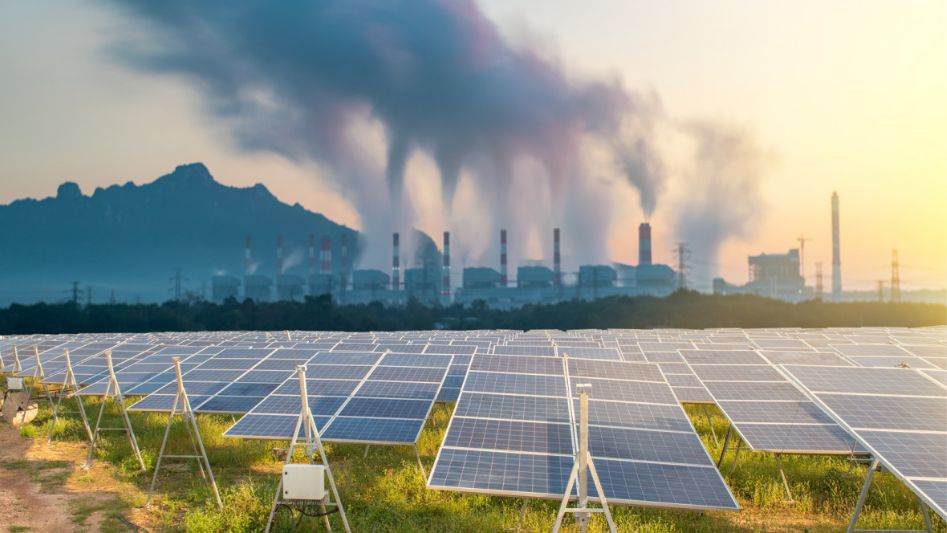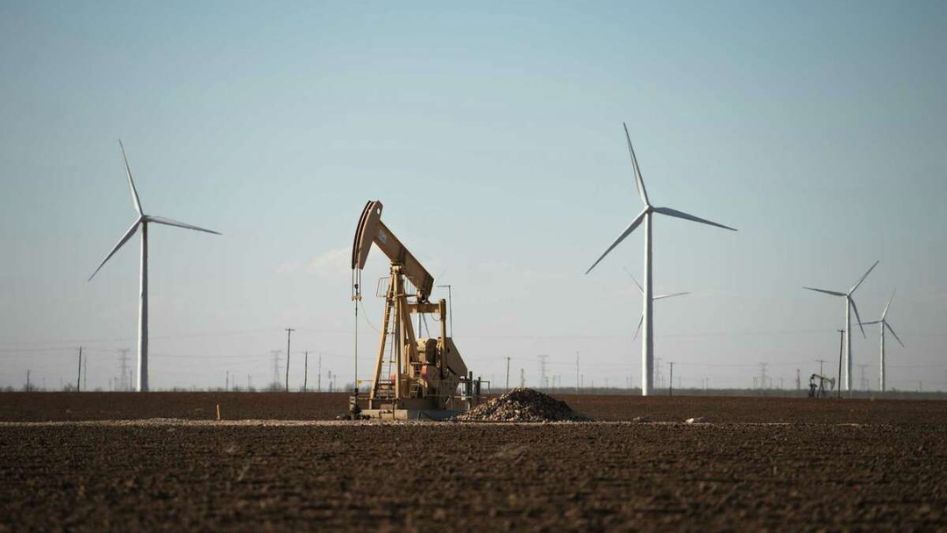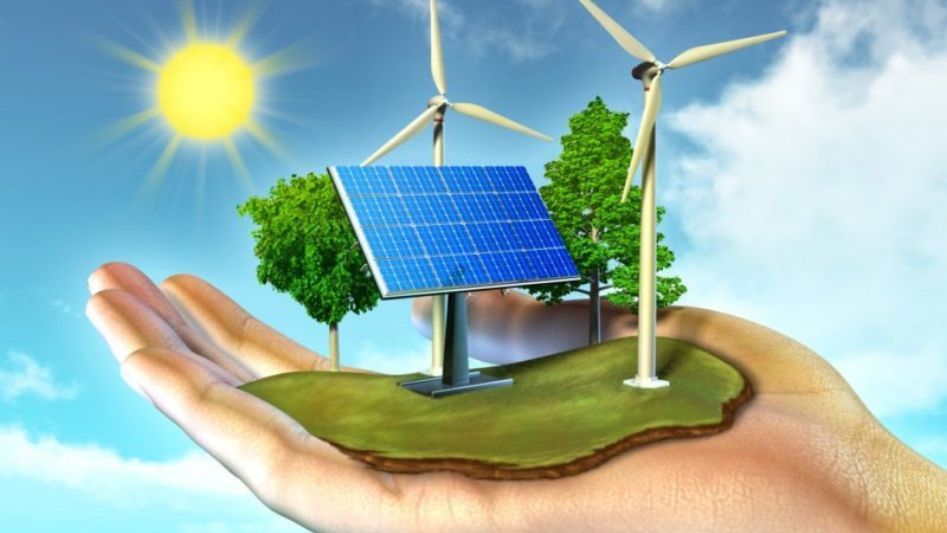Even though renewable energy provides cleaner, healthier, and better jobs. But, still there are many reasons why the transition to green energy is slow.
Table Of Content
Although there is now more evidence supporting a quick switch to renewable energy sources, recent trends have made it more challenging to do so.
The Met Office’s succinct prognosis for a windy May Day was “quite windy.” On May 25th, the UK produced 19.9 gigawatts of wind power, enough to meet more than half of the country’s electrical demands or boil 3.5 million kettles. Wind power in the west of Scotland was so abundant that National Grid asked several turbines to shut down because the grid couldn’t handle the excess power.

This incident is significant because it highlights the successes and challenges of Britain’s renewable energy sector in its quest to replace fossil fuels. In Glasgow, where world leaders gathered just six months before, renewable energy was a major topic of discussion.
With nations scrambling to find alternatives to Russian gas, rising prices, and the growth of the notion of “energy security,” the argument for a speedy shift to green energy sources has been enhanced beyond just decarbonization in the year after Cop26. Maintaining coal-fired power plants through the winter is one example of a temporary solution that might weaken and delay the energy transition.
Unfortunately, development since last year’s version has been choppy, and we’ve hit several speed bumps as Cop27 approaches.
At a press conference in London, ScottishPower CEO Keith Anderson said, “Everything has changed, and nothing has changed.” ” The expense of living is through the roof, energy is being weaponized, and the conversation has shifted to center on energy independence. Moreover, what are some solutions to the problem of renewable energy? You put your money into renewable sources since they can be managed and constructed quickly. As he puts it further, “going harder and quicker on renewables will provide security, bring down costs, and fight climate change.”
Consultant Casimir Lorenz from Aurora Energy Research said, “Most people are aware today that if we had invested much more and much sooner into renewables, we would not have been as susceptible to Russian gas.”
Additionally, “renewable developers have faced additional pressure to construct projects and bring them online while costs in the market remain very, very high,” he says.
However, it has not been easy to accomplish this goal. Supply chains have been strained as a result of rampant worldwide inflation and freight problems after the outbreak. Developers of solar energy systems have found themselves in need of a lot more elbow grease as business has exploded over the last year. In response to reports that certain Chinese suppliers have used forced labor, several of these enterprises are looking to diversify their supply chains.

In the United Kingdom, the renewable energy sector is now embroiled in the political drama unfolding in the House of Commons. While former prime minister Liz Truss indicated that limits on onshore wind farms would be removed, she focused on preventing solar farms from being developed on agricultural property. Under her replacement, Rishi Sunak, the future of both efforts is unclear.
Lorenz claims that a parallel image has emerged throughout Europe, stating, “The expansion of renewables has been slowed down by economic causes but also by legislative and popular hostility to renewables.” This has been exacerbated by political opposition, with some nations’ populist leaders openly speaking out against onshore wind in an effort to win over voters. In the three months leading up to October, orders for European wind turbines fell by 36% compared to the same period a year earlier.
Governments have targeted certain renewable energy firms that benefited from the spike in the wholesale price of electricity caused by rising natural gas prices.
Richard Crawford, investment manager for London’s Renewables Infrastructure Group, which has projects throughout Europe (in the UK, Sweden, and Spain), argues that regulators “need to give a secure investment platform.” They need to control power costs while simultaneously making the market attractive to investors. We’ve been through enough downturns when prices fell short of projections and returns on investment were nonexistent.
Crawford argues that revenue limitations raise the cost of borrowing money by sending a “negative investment signal.” Due to the prevalence of multinational corporations with global operations, this may encourage some firms to go elsewhere for investment opportunities.
In theory, the economics would appeal to policymakers. Record low prices of as little as £37.35 per megawatt hour were agreed upon by offshore wind farm operators in a UK auction earlier this year, 5.8% below the lowest offer at the last auction in 2019.
According to Anderson, the British renewable energy sector has been stymied by a time-tested problem: planning. He sighs and adds, “Surely to goodness we can have a planning system that can produce at the same speed if I can create a huge, difficult infrastructure project in 12 to 18 months.” He uses the story of a planning officer who raised concerns about the siting of the East Anglia One North offshore wind project 12 years after the license was first granted, in 2009, by then-prime minister Gordon Brown to demonstrate his thesis.
This summer, National Grid announced the largest update to the energy network since the 1960s: a £54bn investment to facilitate the easier connection of offshore windfarms and the connection of battery storage facilities to store renewable power.
The slowdown in Britain’s renewable energy push may also be attributed to the difficulty of gaining municipal approval. In April, Octopus Energy started an initiative called Plots for Kilowatts in an effort to demonstrate the nation’s appetite for onshore wind. The program connected landowners with locals who were prepared to consent to a wind farm in exchange for reduced property taxes. Europeans, according to Berlin-based Lorenz, are frustrated by “the fact that local people are not gaining from the decline in prices for renewables—and in certain situations, they may even pay more for increased grid fees.”
The United Kingdom is just as ambitious as any of its European neighbors.
The United Kingdom plans to generate all of its electricity from renewable sources by 2035. The government intends to treble solar capacity by 2030, and its goal for offshore wind capacity grew from 40 GW to 50 GW by the same year. Off the coastlines of Cornwall and Wales, there are plans for a new generation of floating wind farms. Germany’s dependence on Russian gas has prompted a rise in that country’s clean energy objective from 65% to 80% by 2030. However, the EU’s enhanced energy goal is still just 45% by 2030.
At a bad time, French public opinion has shifted in favor of offshore wind as the country’s nuclear fleet has run into trouble.
The percentage of power in the UK generated by renewable sources was 38.6% in the second quarter of 2022, up marginally from the same period the previous year but still lower than the 41.9% recorded for electricity generated by fossil fuels. According to EU data, Sweden leads Finland, Latvia, and Austria with a 60% proportion of renewables.
A vineyard in central Spain can now alter solar panels to offer the correct degrees of shadow to improve the quality of the grapes, while in Kent, a strawberry farm supplying Wimbledon is utilizing vertical transparent solar panels to power its greenhouse. According to Crawford, blades in wind farms are being progressively upgraded in order to enhance the “wake effect” for turbines downwind of the first turbine, thereby increasing their productivity.
According to Anderson, competition between countries for renewable investment is high as the sector goes to Sharm el-Sheikh. Up until this point, the United Kingdom has outperformed all other countries. But with the epidemic and the present energy crisis, we’re virtually back where we started. The business climate in the United States is very transparent and organized. Organizing across Europe is happening rapidly. The question we must now ask is, “Are we prepared to go for it?”
Conclusion
The new biofuels were required due to the energy crisis and environmental concerns. Biodiesel is a greener fuel option than traditional diesel. Due to the difficulties of chemical techniques, enzymatic biodiesel synthesis has received a lot of interest as a green alternative. Sustainable in light of present and future economic and social requirements, renewable technologies are often regarded as eco-friendly options for generating electricity.

FAQ
Why is it so challenging to switch to renewable power sources?
The cost and availability of necessary facilities are the deciding factors. In the end, the expense and complexity of implementing renewable energy sources are the major obstacles to their widespread adoption. We may expect to see widespread adoption of renewable power once the necessary infrastructure is put in place.
Where do you see the most significant roadblocks to a more sustainable energy future?
It is a challenge for alternative energy sources. Fuel for renewable energy sources like wind and solar is free, and operating costs are low. The construction of these technologies would account for the bulk of the cost.
Why is renewable energy problematic?
The consistency of supply is lower than that of power from fossil fuel facilities because of natural factors like sun and wind variability. Therefore, homeowners need batteries to save power for later use. Also, to smooth out fluctuations in the availability of energy.
You May Also Like
- RENEWABLE ENERGY INVESTMENTS: WHAT IS DRIVING GREEN CAPITALS?
- GREEN HYDROGEN: THE MISSING COMPONENT IN THE RACE TO NET-ZERO
- 25 CITIES PRODUCE MORE THAN HALF OF WORLD’S URBAN GREENHOUSE GAS EMISSIONS
- AGRIVOLTAICS: WHERE SOLAR ENERGY MEETS AGRICULTURE
- HSBC GREEN FINANCES: DRIVING SUSTAINABLE BUSINESS PRACTICES ACROSS THE GREATER BAY AREA
External Links
- What is blocking the sustainable energy transition in the US? Insights from the Citizens United ruling
- Five ways to jump-start the renewable energy transition now
- What’s stopping the clean energy transition
- Barriers to Renewable Energy Technologies
- Sustainable Energy Transition for Renewable and Low Carbon Grid Electricity Generation and Supply
